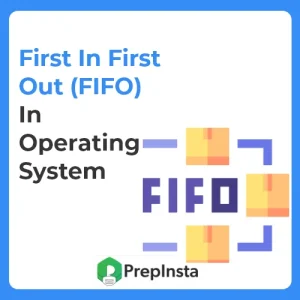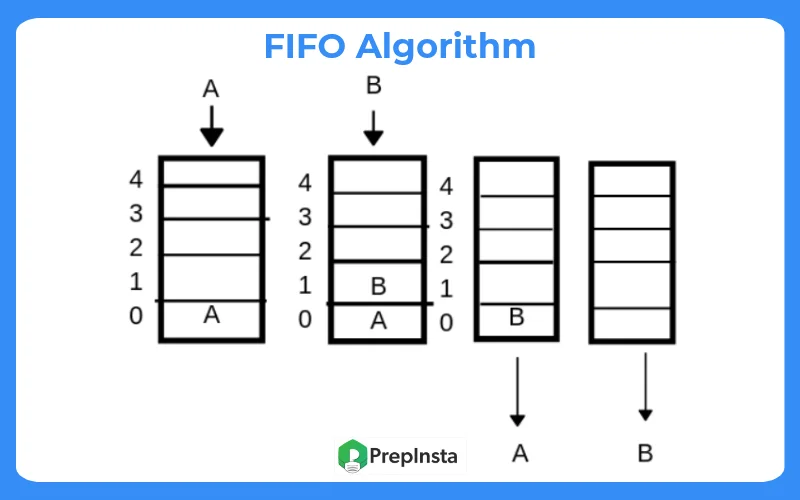OS Menu
- OS Home
- Introduction
- CPU Scheduling
- What is Process?
- Process Lifecyle
- Process Control Block
- Process Scheduling
- Context Switching
- CPU Scheduling
- FCFS Scheduling
- SJF (non-preemptive)
- SJF (Preemptive - SRTF)
- Round Robin
- Priority Scheduling
- Convoy Effect
- Scheduler Vs Dispatcher
- Preemptive Vs non
- Preemptive scheduling
- Non preemptive scheduling
- Process Synchronization
- Deadlock
- Popular Algorithms
- Memory Management
- Memory Management Introduction
- Partition Allocation Method
- First Fit
- First Fit (Intro)
- First Fit in C
- First Fit in C++
- First Fit in Python
- First Fit in Java
- Best Fit
- Best Fit (Intro)
- Best Fit in C
- Best Fit in C++
- Best Fit in Java
- Worst Fit
- Worst Fit (Intro)
- Worst Fit in C++
- Worst Fit in C
- Worst Fit in Java
- Worst Fit in Python
- Next Fit
- First fit best fit worst fit (Example)
- Memory Management 2
- Memory Management 3
- Page Replacement Algorithms
- LRU (Intro)
- LRU in C++
- LRU in Java
- LRU in Python
- FIFO
- Optimal Page Replacement algorithm
- Optimal Page Replacement (Intro)
- Optimal Page Replacement Algo in C
- Optimal Page Replacement Algo in C++
- Optimal Page Replacement Algo in Java
- Optimal Page Replacement Algo in Python
- Thrashing
- Belady’s Anomaly
- Static vs Dynamic Loading
- Static vs Dynamic Linking
- Swapping
- Translational Look Aside Buffer
- Process Address Space
- Difference between Segmentation and Paging
- File System
- Off-campus Drive Updates
- Get Hiring Updates
- Contact us
PREPINSTA PRIME
FIFO Page Replacement Algorithm

FIFO Page Replacement Algorithm
FIFO is an acronym for First in First out approach. The concept is based on the fact that the elements present in the stack are removed following the same order in which they were filled. Precisely, the element present at the bottom of the stack will be removed first. This also means the element present on the top of the stack will be removed last.
Definition
FIFO is an acronym for First in First out approach. The concept is based on the fact that the elements present in the stack are removed following the same order in which they were filled. Precisely, the element present at the bottom of the stack will be removed first. This also means the element present on the top of the stack will be removed last.
- Read Also – FIFO algorithm in C++
- Read Also – FIFO algorithm in JAVA
- Read Also – FIFO algorithm in python
- Read Also – FIFO algorithm in C
Example

Algorithm for FIFO Page Replacement
- Step 1. Start to traverse the pages.
- Step 2. f the memory holds fewer pages then the capacity go to Step 3, else go to Step 5.
- Step 3. Push pages in the queue one at a time until the queue reaches its maximum capacity or all page requests are fulfilled.
- Step 4. If the current page is present in the memory, do nothing.
- Step 5. Else, pop the topmost page from the queue as it was inserted first.
- Step 6. Replace the topmost page with the current page from the string.
- Step 7. Increment the page faults.

 Apply For Jobs
Apply For Jobs Get Hiring Updates
Get Hiring Updates

Login/Signup to comment